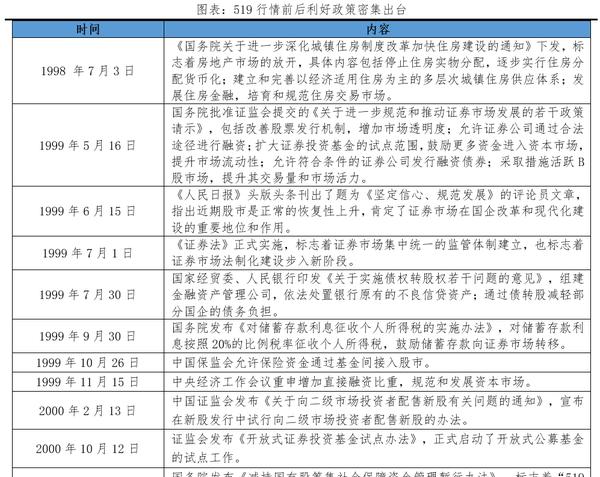Understanding Bull Markets: A Data-Driven Analysis of China's Stock Market Trends
An analysis of China’s stock market bull runs from 2006 to 2024, examining stock performance patterns, market psychology, and investor behavior through comparative historical data.

The historical data from China’s stock market provides fascinating insights into the nature of bull markets. During the 2006 bull run, 99% of stocks doubled in value, with 53% achieving 500% gains and 17% reaching 1000% returns. The 2015 bull market showed similar impressive performance, with 93.5% of stocks doubling and 26% tripling in value.
The current market movement starting September 18, 2024, presents a different picture. Only 156 stocks have doubled, with 22 stocks showing 200% gains. Approximately 52% of stocks have gained between 20-40%, and only three stocks have achieved 1000% returns. These metrics suggest different market dynamics compared to previous bull runs.
A defining characteristic of a complete bull market cycle typically shows:
- Nearly 90% of stocks doubling in value
- 45-50% achieving 200% gains
- 14-20% reaching 300% returns
However, market psychology plays a crucial role. Many retail investors in China remain hesitant during the early stages of a bull market, often becoming more fearful as the market advances. This behavioral pattern stems from their experience with market corrections and panic periods. Paradoxically, investors tend to increase their positions during peak market enthusiasm, when risks are highest.
The current market environment in China focuses on technological advancement and quality-driven growth. Key sectors leading the market include:
- Domestic automobile manufacturers
- Semiconductor industry
- New energy technologies
- Independent technological innovation
Trading strategies should adapt to these changing market conditions. Rather than frequent trading, maintaining core positions while allocating a small portion (10-20%) for tactical trades often yields better results. This approach helps investors capture upside potential while managing downside risks in China’s evolving market landscape.
Understanding market cycles and sector rotation remains crucial. Traditional patterns show regular corrections during quarterly reports, particularly in April (annual reports), August (interim reports), and during extended holiday periods. These patterns continue to influence market behavior and create opportunities for informed investors.